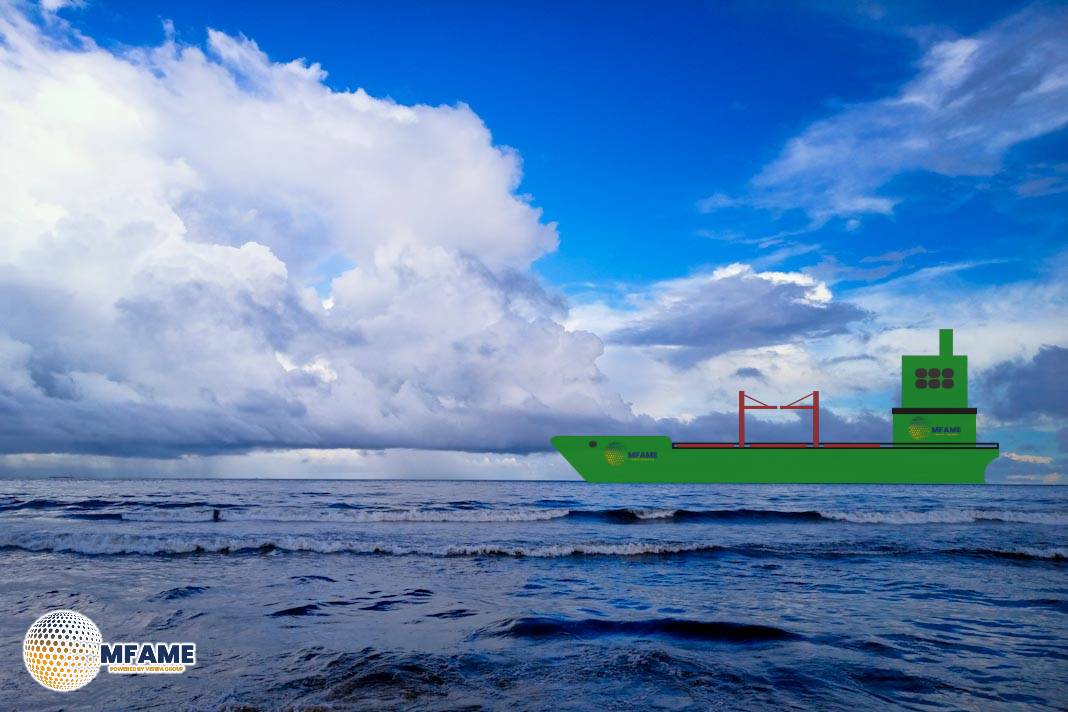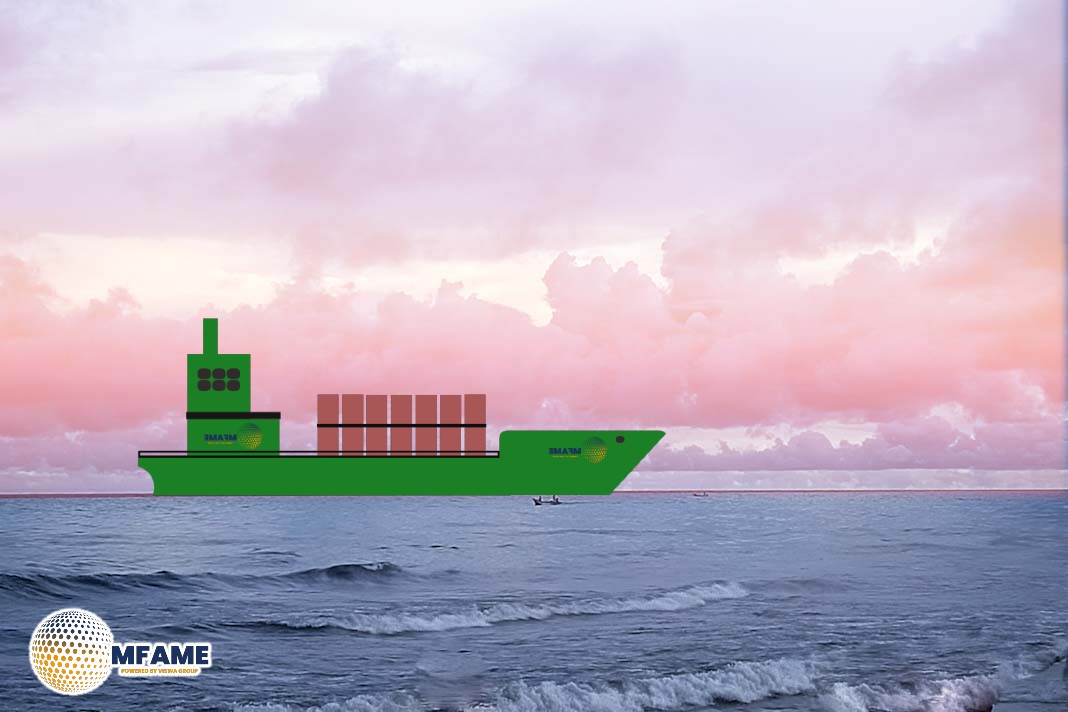- Autonomous vessels are evolving rapidly with tested pilot projects.
- Autonomy enhances fuel efficiency and reduces emissions.
- AROS ensures that autonomous ships meet or exceed conventional safety standards.
In December 2024, DNV released its publication of Autonomous and Remotely Operated Ships (AROS) notations. These will be applicable starting on January 1, 2025. The notations set a framework to ensure the safety of auto remote vessels to be at least at or above conventional levels, reports DNV.
Formulation of AROS Notations
The AROS notations present an all-encompassing structure that defines the systematics, functional, and procedural requirements of an autoremote vessel. This includes onboard systems, off-ship operations, remote operating centers, and connectivity, which is essential to the vessel. Shipping autonomy falls into several categories of operational modes:
- Remote Control: Operations that take place away from the vessel.
- Decision Support: Onboard systems act as a “co-pilot” that analyzes data and advises the human operator.
- Supervised Autonomy: Systems can act independently while informing a human operator in real time, who can intervene when necessary.
- Full Autonomy: The system operates without human intervention, with human oversight required only in exceptional cases.
“The AROS notations acknowledge these different modes of operation, and these are central to their structure,” says Mariah Kurtinaitis Joukes, Autonomous Shipping Senior Engineer at DNV.
The Evolution of Autonomous Shipping
Autonomous shipping has evolved significantly over the past decade. Decision support systems are already assisting crew members on conventional vessels, while pilot programs for unmanned vessels continue to progress.
“Unmanned vessels provide a lot of freedom,” says Are Jørgensen, Senior Principal Engineer, Digital Ship Systems at DNV. “You can take a vessel that is 80 meters long and reduce this to 20 meters by removing accommodation space and everything else associated with the crew. This reduces risk and enables leaner designs, so this has a lot of appeal for shipowners.”
“At the other end of the scale, decision support systems are already helping to reduce the workload and stress levels of on-board crew and helping them to make better and safer decisions”
Environmental Benefits of Autonomous Shipping
Increased autonomy in shipping also contributes to environmental benefits. Decision support systems already help optimize routes and fuel consumption, while more advanced autonomous capabilities enhance efficiency.
“Autonomous vessels and systems enable you to take many more parameters into account when plotting a route,” says Jørgensen. “For example, this can help you achieve just-in-time arrival at port. If a ship operator knows that port entry will be delayed, they can take a longer route where, for example, there is more of a tailwind. This can also work for optimization of fueling, and many other things, like considering the impact of the weather upon arrival time. The sky is the limit.”
Safety at the Core of AROS Notations
Safety remains the primary focus of the AROS notations. The goal is to verify that autonomous vessels are as safe or safer than traditional vessels.
“While humans are often the cause of incidents on conventional vessels, they can also prevent smaller incidents becoming catastrophes,” says Jørgensen. “So, in order to improve safety, we need the autonomous systems to be very robust and resilient.”
“This is where we are trying to get to, and it is central to the framework that we have established with the AROS notations.”
The Regulatory Landscape for Autonomous Shipping
Autonomous shipping remains lightly regulated. The International Maritime Organization (IMO) is developing a code for Maritime Autonomous Surface Ships (MASS). It will remain voluntary until 2025 and then become mandatory by 2032. The industry to date, has followed a risk-based approach, helped by IMO Resolution 1455.
“This basically means that if there are no existing rules to follow, you then need to describe what you want to do, identify the associated risk and then take actions to de-risk,” says Joukes. “At DNV, we have been acting as a third-party verifier on a number of autonomy projects, based on this risk-based approach, and this has given us important knowledge which we have used to structure the AROS notations.”
Building on DNV Guidelines
The AROS notations are based on DNV’s process-oriented guideline (DNV-CG-0264) for autonomous shipping, established in 2018. This guideline includes concept qualification and system qualification to ensure technologies are safe, reliable, and market-ready.
According to Jørgensen, these processes have to be undergone by the developers in order to get AROS notations. “While the notations apply some specific requirements, the nature of autonomous ships means there are many novel concepts which cannot be fully covered by requirements, particularly as we expect many innovations and technological developments in the future. This is why the risk-based approach is such a key part of the notations. It is not prescriptive in nature and is deliberately broad.”
Lessons Learned from Experience in Autonomous Projects
Experience has played a key role in the shaping of the AROS notations. Three main lessons learned have been:
- Identifying patterns in functionality to better understand how autonomous ships operate.
- Structured risk analysis to ensure that identified risks are properly mitigated.
- A flexible approach allows for safe testing and iteration during pilot phases.
“In some cases, the concept owner or system supplier doesn’t really know what they’re going to do until they have tried and failed a bit. This allows them to try and fail in a safe way,” says Jørgensen.
Development of Key Functional Requirements
Using past project knowledge, DNV has established functional requirements as the second pillar of the AROS notations. These rules complement the risk-based approach and set baseline expectations.
“These functional requirements vary, depending on each system and which kind of notation is being sought,” says Joukes. “Generally though, this includes the expectation that vessels holding the AROS notations will be able to respond to abnormal events, and the requirement that vessels can monitor and respond to incidents which can result in harm to people, the environment, or the vessel itself.” Like the risk-based approach, these rules will continue to evolve alongside advancements in autonomous shipping technology.
DNV’s Commitment to Safe Autonomous Shipping
DNV has been a leader in autonomous shipping, participating in flagship projects such as Yara Birkeland, Reach Remote, and Ocean Infinity. Its approach prioritizes safety and innovation in the maritime industry.
“As a class society, we have no desire to push autonomy for the sake of autonomy,” says Joukes. “But if our customers are going in that direction, we should be able to help them and make sure that this is done in a safe way.”
“That is our mission in class.”
Did you subscribe to our daily Newsletter?
It’s Free Click here to Subscribe!
Source: DNV

















